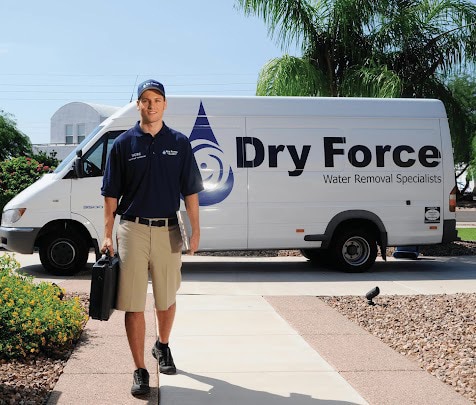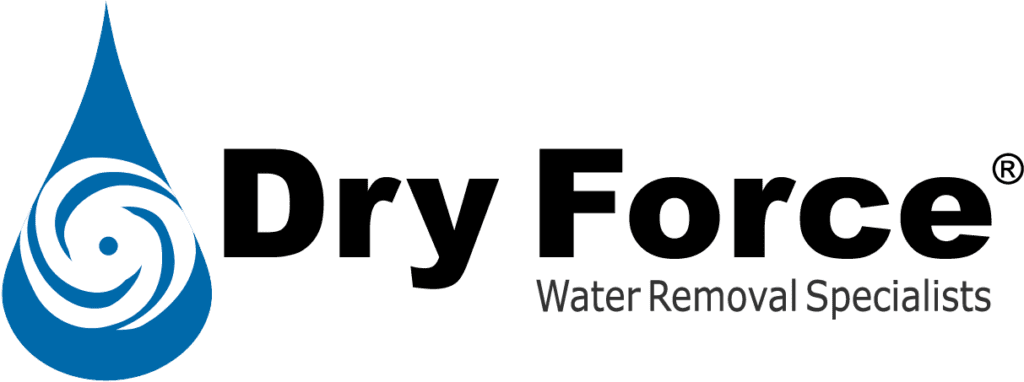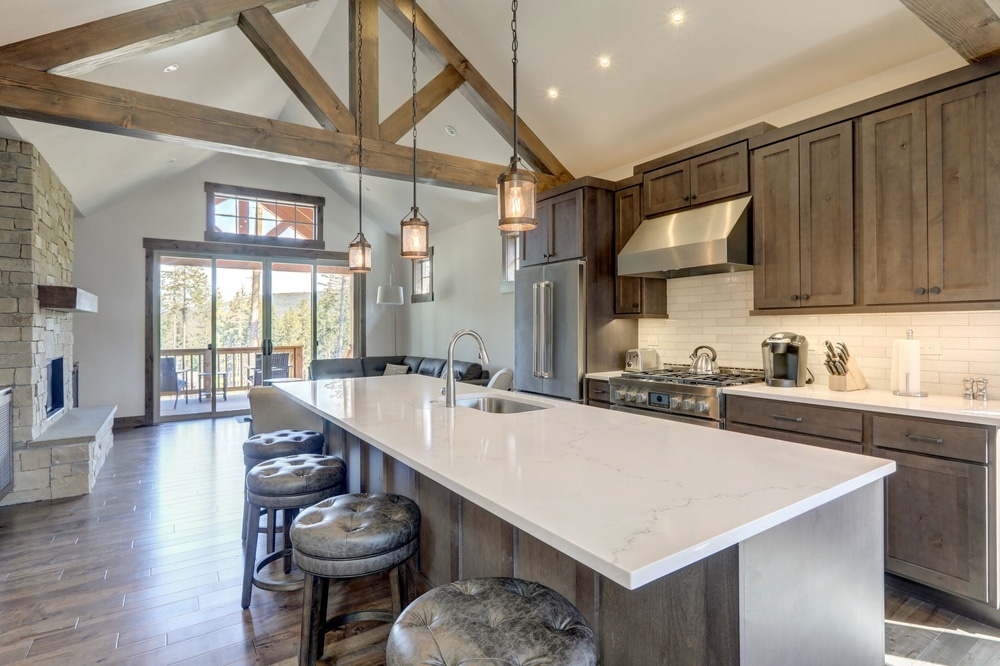
Wooden beams hold a unique and timeless charm that instantly catches the eye of any guest in your house. The rich textures, natural wood, and distinctive grain patterns add a touch of craftsmanship to your living space. Whether they are in your living room, kitchen, or bedroom, these beautiful beams create a cozy and inviting ambiance that stands the test of time, unless they have been compromised by water.
Since beams are susceptible to rotting and issues, we have created an extensive guide to help you repair water-damaged wood beams in your home. Even the smallest amount of moisture can end in disaster for your wood beams. Let’s find out why.
Table of Contents
Top Causes of Water Damage in Wood Beams
Before getting ahead of yourself, you should have a clear understanding of what caused your beams to rot in the first place. As with most rotting wood, the most common cause of rotted beams is moisture. Moisture provides the perfect breeding ground for fungi and termites to survive and thrive.
How to Repair Water-Damaged Wood Beams
When it comes to wood beam repairs, you only have a few options. Depending on the severity of the water damage, you can either repair the wood beam or replace it altogether. If your wood beam is only partially damaged and doesn’t need a full replacement, take the following steps.
1. Get Rid of the Rotten Wood
The first step to repair rotted wood beams is to remove the damaged materials. Inspect your beams to identify the extent of the damage and slough off the rotted areas. You might have to dig through the rot to recover strong, healthy wood. Once the rotten wood is removed, you can continue with the restoration process.
2. Wood Filler
After removing the rotten wood, fill in the gaps with your wood filler solution. Wood filler is an excellent material for this purpose, as it can be easily applied to damaged areas. It starts as a putty and hardens to provide support and stability, ultimately patching the beams and making them strong again.
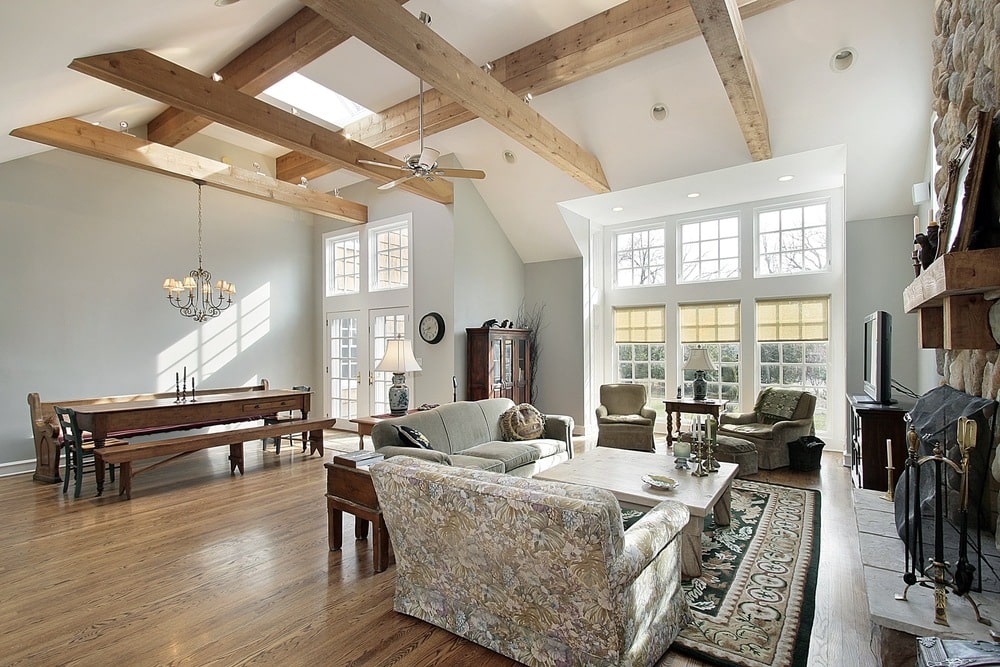
3. Fill and Seal
In some cases, water damage may split or crack your wooden beams. To prevent rotted wood beams and other issues, it’s important to use wood filler putty to seal these openings. This helps keep the beams’ integrity intact while preventing moisture from seeping in. Ensure that you are pressing the putty into every crack and crevice.
4. Sit and Wait
Now for the waiting game. Once you have repaired the areas of your wood beams with mild water damage, you will need to let the wood filler putty dry and adhere to the beams. This is a good time to take care of any other chores on your list while you wait. You will know that the wood filler putty has fully adhered to the beams when it’s hard to the touch.
Read More: Top 5 Causes of Water Damage to Insulation in Homes and Ways to Respond
5. Shape the Beam
Once the putty has hardened, it may leave some unsightly lumps and bumps. File and sand the putty down to your liking for a seamless blend. Remember to only complete this step once the putty has hardened; otherwise, you will be dealing with a mess.
6. Prime and Paint
It’s finally time to prime and paint. This is your chance to match your wood beams to the rest of the wood. Priming and painting your wooden beams not only enhances their aesthetics, but a good primer also acts as a protective layer against future damage.
3 Categories of Water Damage We Can Fix
The way we respond to water damage depends on the severity of your case. For example, if your water damage contains any trace of sewage, our approach to remediation and restoration will be wildly different from that for a burst water pipe.
Our team at Dry Force utilizes moisture meters, digital thermal cameras, and hammer probes to pinpoint problem areas within your ceiling. Check out the three types of water damage categories we handle every day.
1. Clean Water
Clean water damage refers to water that originates from a clean and sanitary source. This source can be anything from a burst pipe to leaking toilets. The difference between this type of water and gray water is that clean water contains no contaminants.
Even though clean water is less harmful than gray or black water, a call to the professionals at Dry Force is still in order. Although the water may be clean, this does not mean it cannot turn unsafe over a short period.
2. Overflows
Also known as gray water, overflows typically contain a significant amount of contaminants. This type of water springs from appliance malfunctions, overflowing sinks, and even bathtub spills. Clean water that has been sitting for over 72 hours can turn into a second category case.
Read More: 8 Ways to Prevent Water Damage from a Leaking Roof Vent
3. Sewer Backups
Mild to severe sewer backups are highly unsanitary and seriously dangerous. Also known as black water, this third category poses some serious health risks. Black water means that sewage or stormwater containing potentially deadly pollutants has contaminated the water.
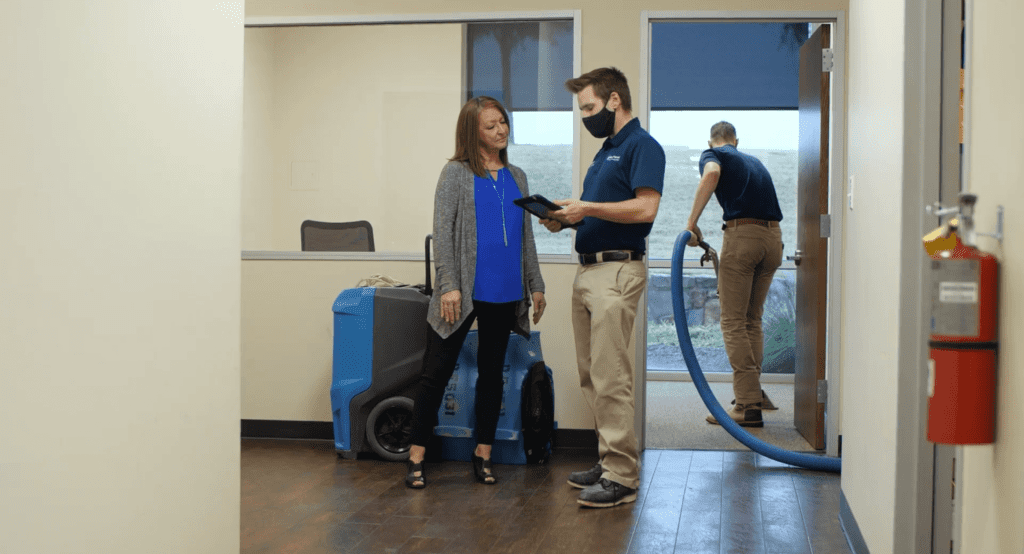
Ceiling Water Damage Restoration and Repair Services
If you are facing water damage on your wood beams or ceiling, do not ignore the issue. If moisture and dripping water get anywhere near your wooden beams, you could have a future problem on your hands.
Our professionals offer exceptional ceiling water damage repair and restoration services for homes in your local area. Common causes of water damage are heavy rainstorms and burst pipes. Regardless of the cause, our team is here to help. If the damage is extensive or beyond your capabilities, it’s wise to seek professional restoration and repair services from our skilled team.
Emergency Water Damage Cleanup and Response Services
Neglecting water damage can lead to serious consequences. In cases of severe water damage, contact our professionals at (877) 589-7504 to receive support with an emergency water extraction project. Our technicians offer reputable water damage mitigation services in Kyle, TX and can quickly assess your situation to mitigate the damage. Our staff is committed to returning your home to a safe and habitable environment.
